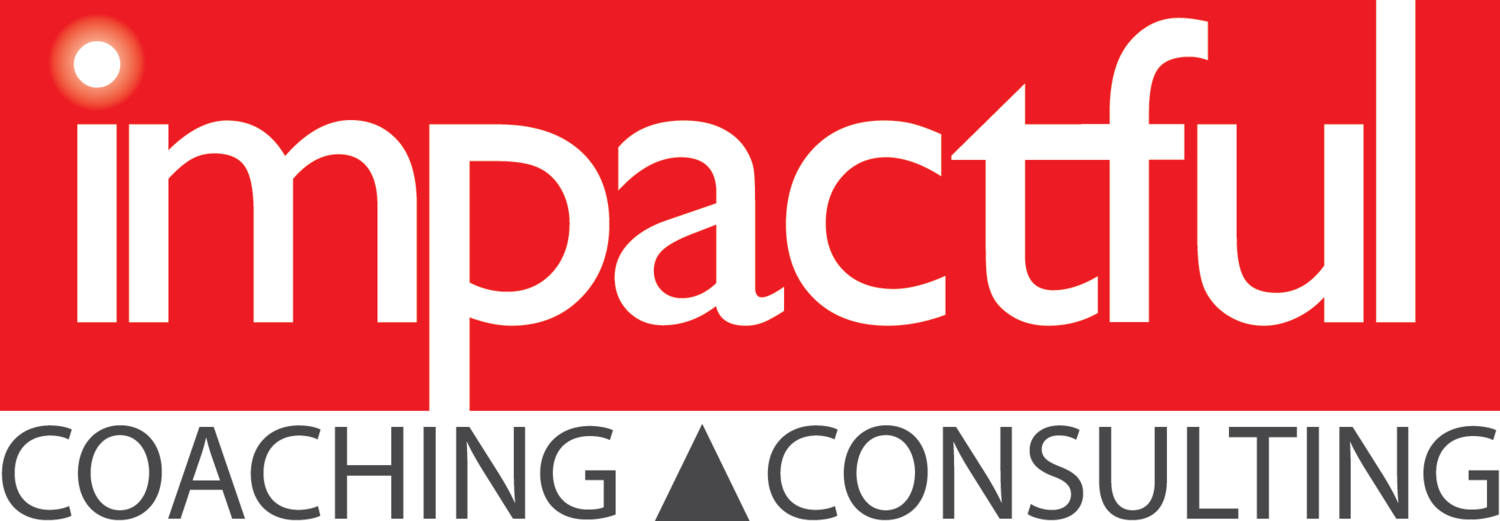When considering what to work on, start with the “big rocks,” the priorities and cornerstones that you first need to “place in your jar” before filling other things (the metaphorical pebbles, sand, and water) around it. These could be “one off” tasks that can be achieved in a single time block (we’ll discuss time blocking later,) or may span several days. If you don’t put the top priorities into your calendar first, all of the other demands will clutter your time and mental bandwidth.
The “big rocks” are commonly called “MITs,” or most important tasks. Whatever term you use, it is a critical to identify the tasks that will produce the most important results you’re looking to achieve. Not everything on your plate is of equal importance, so don’t treat them equally. At the beginning of every day, create a list of 2-3 MITs, then focus on getting them done as quickly as possible. So as not to get distracted, keep this short list separate from your general to-do list or task tracking system. I suggest you write them down on a Post-it or index card and keep it positioned squarely in front of you until the list is complete.
Read More









